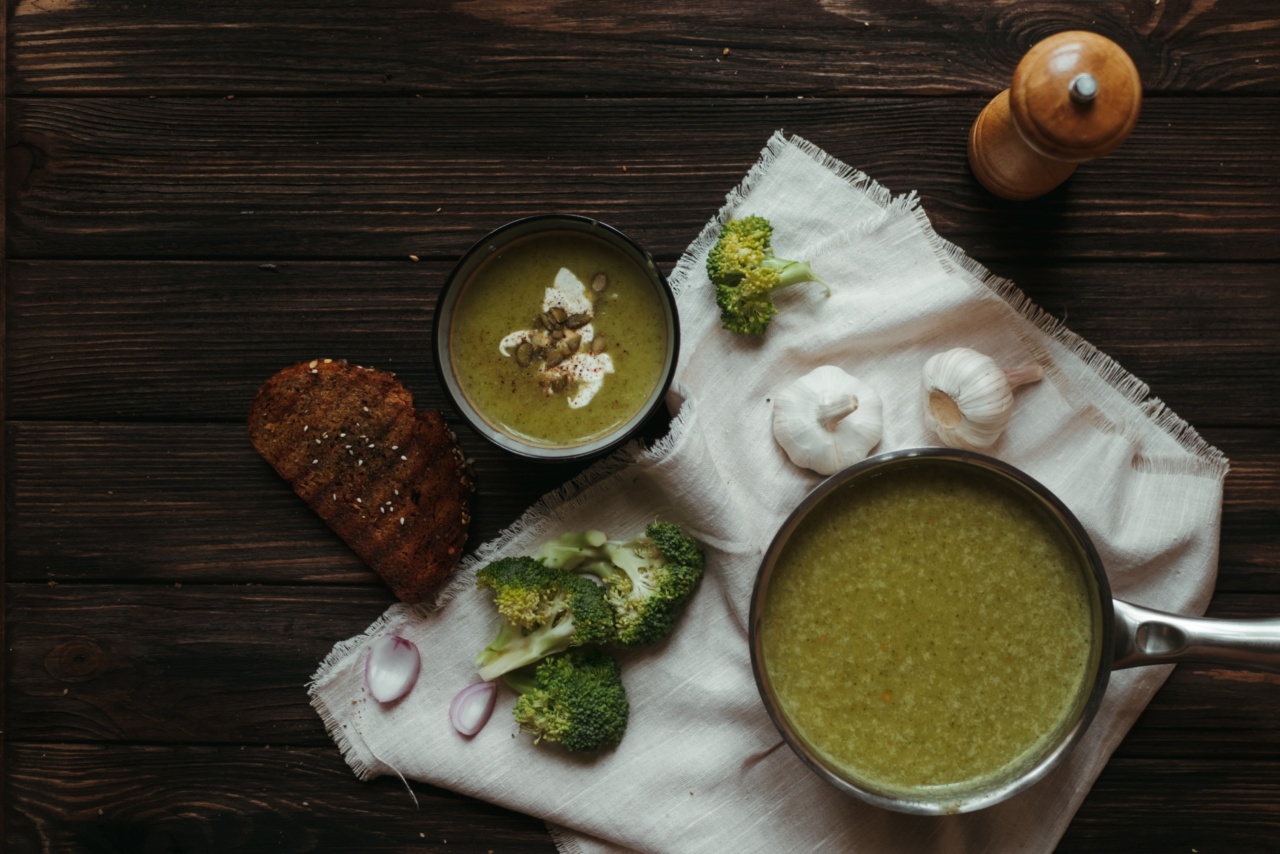There is nothing quite like the taste of homemade apple puree. It’s a simple yet deliciously versatile dish that can be enjoyed on its own, used as a topping or filling for other desserts, or even incorporated into savory recipes.
Whether you’re a seasoned chef or a beginner in the kitchen, this recipe is sure to be a hit. Let’s dive into the wonderful world of apple puree!.
Ingredients:
Before we get started, let’s gather all the necessary ingredients:.
- 4 medium-sized apples (preferably Granny Smith, for their tartness and texture)
- 1/4 cup water
- 2 tablespoons lemon juice
- 1/4 cup granulated sugar (adjust to taste)
- 1/2 teaspoon ground cinnamon
- Optional: a pinch of nutmeg or cloves for added flavor
Instructions:
Now that we have our ingredients, let’s jump into the step-by-step process of making delicious apple puree:.
Step 1: Prepare the Apples
Start by peeling, coring, and chopping the apples into small, uniform pieces. Removing the skins is optional, but it can result in a smoother puree.
Step 2: Cook the Apples
Place the chopped apples in a saucepan along with the water, lemon juice, sugar, and cinnamon. Add a pinch of nutmeg or cloves if desired. Stir well to combine.
Step 3: Simmer and Stir
Bring the mixture to a simmer over medium heat. Once simmering, reduce the heat to low and cover the saucepan. Let the apples cook for about 15-20 minutes, or until they are soft and tender.
Step 4: Mash or Blend
Once the apples are fully cooked, remove the saucepan from the heat and allow it to cool slightly. You have two options for achieving your desired texture:.
- Mash the cooked apples with a potato masher or fork for a chunkier puree.
- For a smoother consistency, transfer the cooked apples to a blender or food processor and blend until smooth. Be careful when blending hot liquids, as they can create steam. Make sure to let the mixture cool a bit before blending.
Step 5: Taste and Adjust
Once you have the desired texture, taste the apple puree and adjust the sweetness or tartness according to your preference. You can add more sugar for a sweeter puree or more lemon juice for a tangier flavor.
Remember, cooking is all about finding your own balance of flavors!.
Step 6: Serve and Enjoy
Congratulations! Your homemade apple puree is now ready to be savored. Serve it warm, at room temperature, or chilled – each has its own unique charm.
It can be used as a topping for pancakes, yogurt, or ice cream, as a filling for pies and tarts, or even as a companion for roast pork or poultry dishes. The possibilities are endless!.
Benefits of Apple Puree
Apple puree not only tastes delicious but also offers a variety of health benefits:.
- High in Fiber: Apples are rich in dietary fiber, which aids digestion and helps maintain a healthy weight.
- Packed with Vitamins and Antioxidants: Apples contain essential vitamins like vitamin C and antioxidants that boost your immune system.
- Nourishes the Skin: The antioxidants present in apples contribute to healthy skin by fighting against free radicals.
- Supports Heart Health: Regular consumption of apples has been associated with a reduced risk of heart disease due to their high levels of flavonoids.
- Rich in Hydration: Apples have a high water content, making them an ideal choice for staying hydrated.
Conclusion
Apple puree is a versatile, flavorful, and healthy treat that can be enjoyed in countless ways.
Whether you choose to serve it as a dessert or incorporate it into your favorite recipes, the taste of homemade apple puree will undoubtedly leave you craving more. Give this recipe a try and delight your taste buds with the natural sweetness and refreshing tang of apples!.































